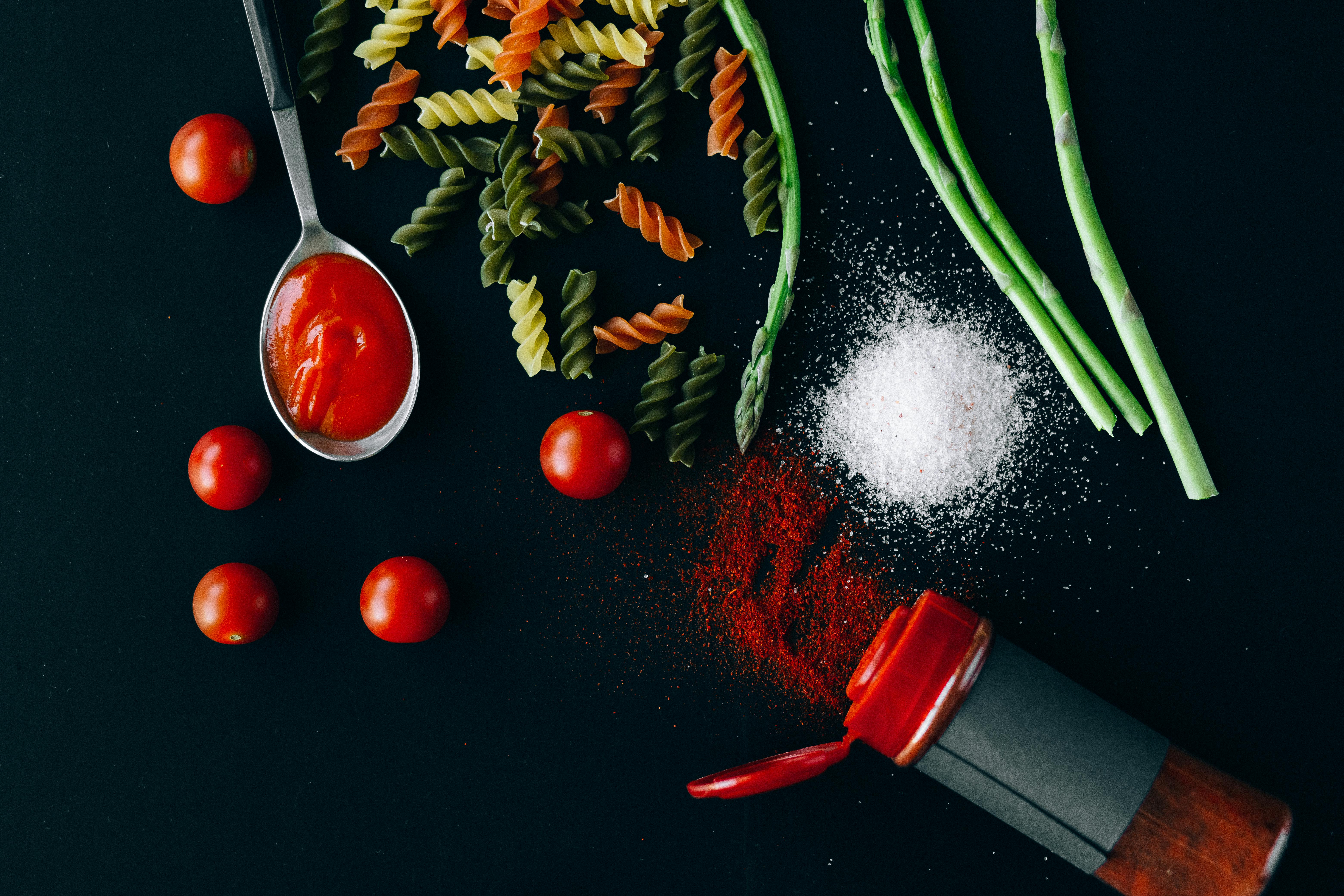Flooring can look very attractive when first laid, but like any exterior surface, it suffers from weathering. The most common things that dull the look of pavers are mold and weeds.
Pavers come in a wide variety of materials, including clay, concrete, and natural stone and a variety of shapes and forms. Typically, the cheapest materials are old house bricks and dry-formed concrete pavers, both of which are porous. For this reason, they easily absorb moisture, especially if placed in shady areas, which in turn encourages mold and weed growth. Mold can be very slippery when wet.
Natural stones such as limestone, sandstone, basalt and granite are usually very dense and absorb little moisture, although I have come across some poor quality porous sandstones. Clay pavers fired at high temperatures are the most impervious to absorption, although they eventually become moldy in heavily shaded areas such as paths or roadsides where vegetation is covered with vegetation. Concrete products vary considerably in their water absorption, but they are always the pavers most vulnerable to staining and the most difficult to fully restore.
Most pavements are laid with a fine sand grout between the bricks to allow the surface to bend and drain naturally. If the pavers are laid on mortar, they are filled with mortar. This virtually eliminates weeds. Even when unconsolidated pavers are filled with cement or cement-based grouts, the grout crumbles over time.
The shape of a paver and where it is placed will have the most influence on eventual weed growth in the spaces between the bricks. Rough or cobbled bricks with their rounded edges have a beautiful old-fashioned cabin look, but they trap weed seeds in the large gaps and depressions. Precise, sharp-edged pavers are the least vulnerable to weeds. If the pavement is on a rural property, naturally there is more availability of grass and weed seeds to sprout on the pavement. Also, if the water regularly flows through or settles in a section, it is sure to stimulate growth.
So what can be done?
Well, if you haven’t chosen a product yet and maintenance is a big concern, use the tips above. Also consider using a sealer.
On the other hand, if you are looking at your tired and dirty pavement right now, then I have a very simple solution.
I have already established that weeds will grow. They do not come from below; its seeds germinate in the small holes. Moss grows on the surface and is easily removed by hand (although some people like the look of a mossy path). Weeds are much more difficult to eliminate. You can take them out to boil water on them or use herbicides, but those things are laborious, quite ineffective, or quite toxic. Lastly, mold appears on the surface of the bricks, but it is actually deeply embedded in the surface and scrubbing it away is a very temporary fix.
Try this:
Buy some granulated pool chlorine from a grocery store or hardware store. You can get it in plastic containers in a variety of sizes from 1 liter to 10 liter buckets. If you have an area of 50m2 or less, 2 liters will be sufficient.
1. Moisten the area to be treated. Do not saturate it so that water remains on the surface.
2. Wearing a pair of thick rubber gloves, open the container and scoop out small handfuls and spread the granules lightly and evenly on the pavement. Do not walk on it or get in contact with the skin and avoid breathing it.
3. Using a garden hose, mist the granules with a fine mist until they begin to dissolve. Again, don’t saturate or wash them.
4. In about an hour, depending on how well the granules have dissolved, wash the pavement with a hose. While it works, it smells like a public swimming pool and it is better to stay away from it and not let children or animals cross it.
5. That’s it! The chlorine will penetrate the pavers and kill all the mold and burn the weeds and moss. Sometimes if the weeds were heavily infested, high pressure spraying is necessary and any washed sand slurry can be easily swept away when the pavement is dry. If the chlorine is allowed to dissolve without washing it first, the plants and grass next to the pavement are not affected because the chlorine turns into common salt after the reaction.
Depending on where you live and what you are using, 1-2 treatments a year is sufficient. I use it on old house bricks and they end up looking as new as when they were laid. You can also try it on stone steps and steps.
